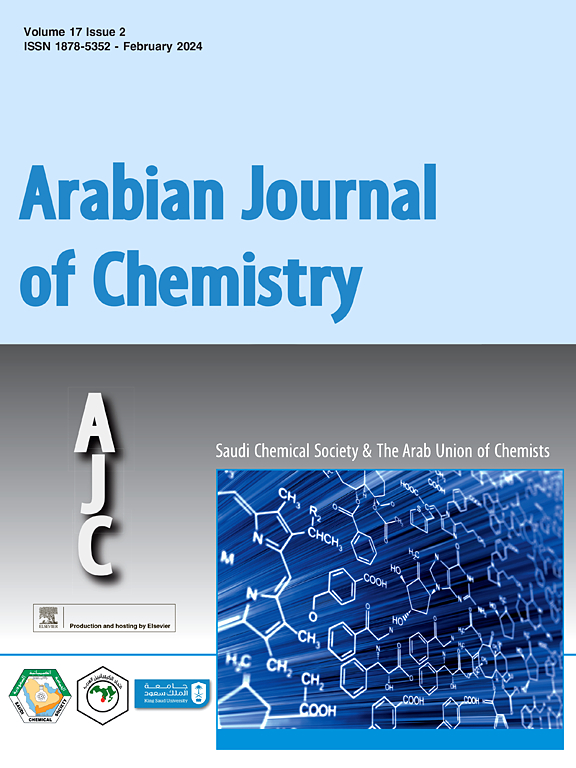Effect of micropatterning with nanowire-based microcavity array on bacterial enrichment and selective distribution
IF 5.2
2区 化学
Q2 CHEMISTRY, MULTIDISCIPLINARY
引用次数: 0
Abstract
The micro-patterned topography can affect bacterial enrichment and selective distribution by modifying the characteristics of material surface. In this study, we fabricated microcavity patterned silicon surfaces, and quantitatively explored the amount and distribution of Escherichia coli (E. coli) cells attached on a series of defined topographies. The results showed that E. coli cells enrichment was significantly increased on silicon nanowires-based microcavity array when compared to nanowires patterned silicon wafer. Furthermore, the microcavity diameter can control bacterial distribution by changing hydrophilic performance of interface. With the microcavity diameter of 7 µm, the cells colonized into the microcavity almost in its entirety, whilst distributed around the microcavity completely with 10 µm diameter, regardless of centre distances. This phenomenon can be explained by the Cassie-Baxter model equation according to the wettability. The distribution of bacterial enrichment changed with the silicon surfaces turning from non-wetting status to wetting status when treated with oxygen plasma to modify the hydrophobicity. These results demonstrated that microcavity patterned surface could favor bacterial enrichment on silicon and strictly confined bacterial distribution inside/outside the microcavity. Moreover, the nanowires inside microcavity can also increase electron conductivity and reduce the internal resistance, thus providing scientific evidence for the design of wearable microbial fuel cell with rational optimization and integration of different components for electronic skin.
用纳米线微腔阵列进行微图案化对细菌富集和选择性分布的影响
微图案形貌可以通过改变材料表面的特性来影响细菌的富集和选择性分布。在这项研究中,我们制作了微腔图案化硅表面,并定量研究了大肠杆菌(E. coli)细胞在一系列确定拓扑结构上的附着量和分布情况。结果表明,与纳米线图案硅片相比,基于硅纳米线的微腔阵列上的大肠杆菌细胞富集率明显提高。此外,微腔直径可通过改变界面的亲水性能来控制细菌分布。微腔直径为 7 微米时,细胞几乎全部定殖到微腔中,而直径为 10 微米时,无论中心距离如何,细胞都完全分布在微腔周围。卡西-巴克斯特模型方程可以根据润湿性解释这一现象。当使用氧等离子体改变疏水性时,随着硅表面从非润湿状态变为润湿状态,细菌富集的分布也发生了变化。这些结果表明,微腔图案化表面有利于细菌在硅表面富集,并严格限制细菌在微腔内外的分布。此外,微腔内的纳米线还能增加电子传导性并降低内阻,从而为设计合理优化和整合电子皮肤不同组件的可穿戴微生物燃料电池提供了科学依据。
本文章由计算机程序翻译,如有差异,请以英文原文为准。
求助全文
约1分钟内获得全文
求助全文
来源期刊

Arabian Journal of Chemistry
CHEMISTRY, MULTIDISCIPLINARY-
CiteScore
10.80
自引率
3.30%
发文量
763
审稿时长
63 days
期刊介绍:
The Arabian Journal of Chemistry is an English language, peer-reviewed scholarly publication in the area of chemistry. The Arabian Journal of Chemistry publishes original papers, reviews and short reports on, but not limited to: inorganic, physical, organic, analytical and biochemistry.
The Arabian Journal of Chemistry is issued by the Arab Union of Chemists and is published by King Saud University together with the Saudi Chemical Society in collaboration with Elsevier and is edited by an international group of eminent researchers.
 求助内容:
求助内容: 应助结果提醒方式:
应助结果提醒方式:


